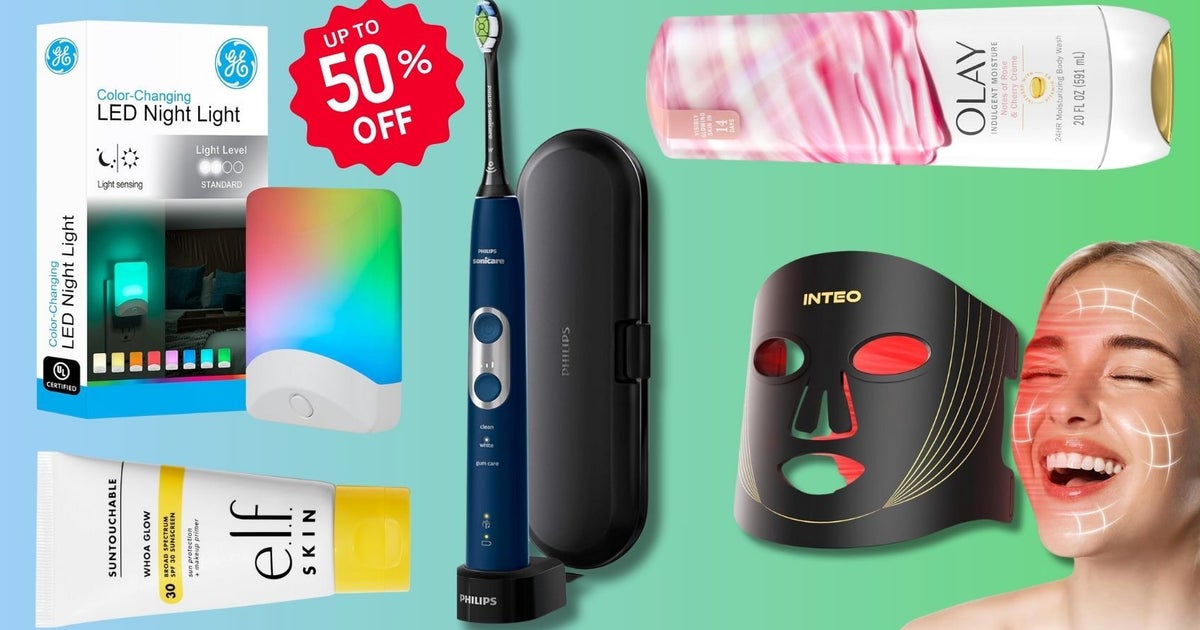Shopping For Cannabis With All Five Senses And Other Merchandising Strategies To Improve Customer Experience And Brand Positioning

How important is merchandising in cannabis industry? Should brands use products to tell stories to their customers, and do stores influence the way customers purchase? These and other tactics were discussed by experts at the recent Benzinga Cannabis Capital Conference during a panel called “Merchandising Strategies To Drive Cannabis Retail Growth.”
“In traditional retail, merchandising actually references inventory and assortment. In cannabis, I very rarely hear that,” moderator Krista Raymer, CEO of Vetrina, kicked off the discussion. She explained that visual merchandising is a combination of what’s in the store and how it’s displayed to the customer. The question is – why do we have it? What role does it play in the store?
Laura Jaramillo Bernal, chief operating officer of nuEra Cannabis, said when she started working in cannabis in Illinois, the experience was “incredibly generic and antiseptic.” According to her, retail merchandising is fulfilling two very important things – providing better customer experience and from the store’s perspective it utilizes time customers stand in line to promote the products you want to sell the most.
“They’re not going to buy it the first time, but it starts creating an awareness and a level of comfort,” Bernal said. “With the incredible variety of products that you have available, and it’s just more interesting, right?”
She added that retail merchandising addresses “extreme information disparity environment” where there could be up to 1000 different SKUs (stock keeping units) on the menu. She pointed out that people are not always comfortable, especially those who have been smoking cannabis since the 1970s, but have not tried anything else. She suggests using visual merchandising to let the customer explore and learn about the many other ways of consumption and experiencing cannabis. “It’s a way of telling them that story,” she said.
Read Also: THC Potency Isn’t Everything: Here Are Some Strategies To Deal With Industry Challenges
Get Benzinga’s exclusive analysis and the top news about the cannabis industry and markets daily in your inbox for free. Subscribe to our newsletter here. If you’re serious about the business, you can’t afford to miss out.
The Importance Of Budtenders
Ivy Hall Dispensaries’ director of retail experience Brianna Draksler highlighted that the budtenders are the ones that are selling the products and making companies successful. “I think it’s really important listening to the feedback on how the budtenders want things merchandised and what helps them when they are selling.”
Draksler noted how cannabis started in a “turn and burn sterile environment where there was nothing to look at,” and how it is important to move past that. To tell the story, and be able to answer the questions and utilize things like product packaging and accessories while educating people on new ways of consumption. “It’s really important to make sure that you listen to the feedback from the customers but you also listen to the feedback from the budtenders, it is truly half and half,” she said.
According to Draksler, it’s important to remember “the customer knows best,” and that often customers will tell you if something is going to sell or it is not.
Mounir Kabche chairman of the boards of directors of PRICH Biotech, a vertically integrated medical marijuana company based in Puerto Rico, said his company focuses on data, but that’s not all. Once a week they have a meeting with all of their budtenders because just seeing the data “in an office and reading only numbers, you miss the touch with the human.”
“It’s important that the package speaks by itself, and it’s important to use your senses,” he said. PRICH Biotech tried to provide that experience in order to differentiate from others and the company is constantly innovating.
“We are using a lot of virtual reality and that’s something that we didn’t use before. And I think that’s making a difference in our customers or patients, because they really like to interact with that,” Kabche said.
Shopping With All The Senses
Boston Dickerson, CEO of Show-Me Organics, a deli-style dispensaries, followed up saying that he also prefers to shop with all his senses. “I like to touch it. I like to smell it. And I like to know what the flavor is going to be.”
Dickerson highlighted the importance of taking into account the demographic in which the company is operating. Some states with more competition are more aggressive on promotions and want an in-and-out experience. Whereas in some rural places consumers want to take they time and come in to smell their flower.
Rymer followed up that often times customers experience decision paralysis, so it’s important to provide them the extra tools to absorb the information faster. Additionaly, from a visual merchandising perspective, its important how frequently the store appears new and fresh to customers, she concluded.
Read Next:
© 2024 Benzinga.com. Benzinga does not provide investment advice. All rights reserved.
Related
Exclusive | Dave Portnoy is quietly shopping a book
Barstool Sports founder Dave Portnoy is shopping a book, Page Six has exclusively learned. Portnoy’s agency UTA is repping the tome, sources te
We Track Sales For A Living. Here Are The 30…
As shopping experts, we shop slowly and carefully to discern if a sale offers the most bang for our buck. From everyday essentials to larger splurges, knowing w
Can you afford to be patriotic when grocery shopping?
CBCPenguins bask on the shore of King George Island near Brazil's Comandante Ferraz research station in Antarctica.Antarctica is like no place on Earth. The "W
Our Readers Top Loved Products Last Month Were All Sleep…
1TOP-TESTED COTTON SHEETSCalifornia Design Den Cotton SheetsNow 23% OffCredit: California Design DenWhy we love it: If you have been reading our What's In My Ca











